A lot has been happening in space the last few weeks. I’ve got four different stories to talk about so let’s get to it!
I’d like to start with some really good news about the Russian Soyuz spacecraft. You may recall that back on October 11th a manned mission to the International Space Station (ISS) suffered a launch failure when the second stage of the Soyuz rocket failed to properly separate from the first stage. (See my post of 14Oct2018 for the full story) Fortunately the crew escaped without injury.
The Russian space agency Roscosmos quickly went to work and found the problem after only a few days. Just to be certain that the problem had been addressed two unmanned launches were conducted before attempting another manned launch. On December first, less than two months after the launch failure a Soyuz spacecraft carrying three astronauts successfully took off from the Baikonur Cosmodrome in Kazakhstan and less than a day later docked at the ISS.
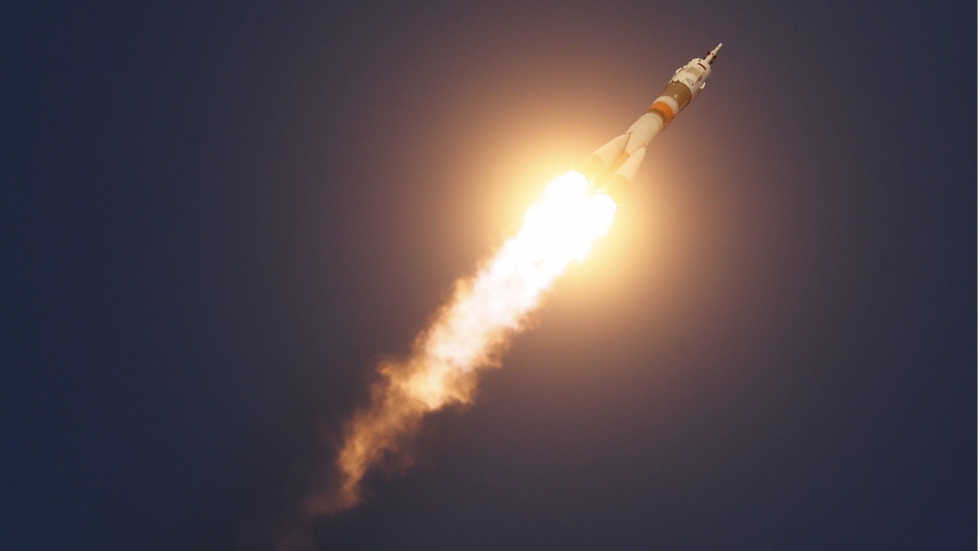
This quick reversal in the fortunes of Soyuz is extremely important of the operation for the ISS because presently the Russian Soyuz is the only launch system capable of taking astronauts to man the ISS. Immediately after the October failure the very real possibility of abandoning the ISS had been seriously discussed. Fortunately the December first launch of Soyuz has made such severe measures unnecessary.
Speaking of the ISS you may have heard about the station’s newest, non-human resident. CIMON the robot (CIMON stands for Crew Interactive Mobile companioN) is an Artificial Intelligence (AI) enabled terminal that is equipped with maneuvering air fans so that it can roam around the ISS and turn so that its video screen face is towards whichever human crewperson it is interacting with. See image of CIMON below.
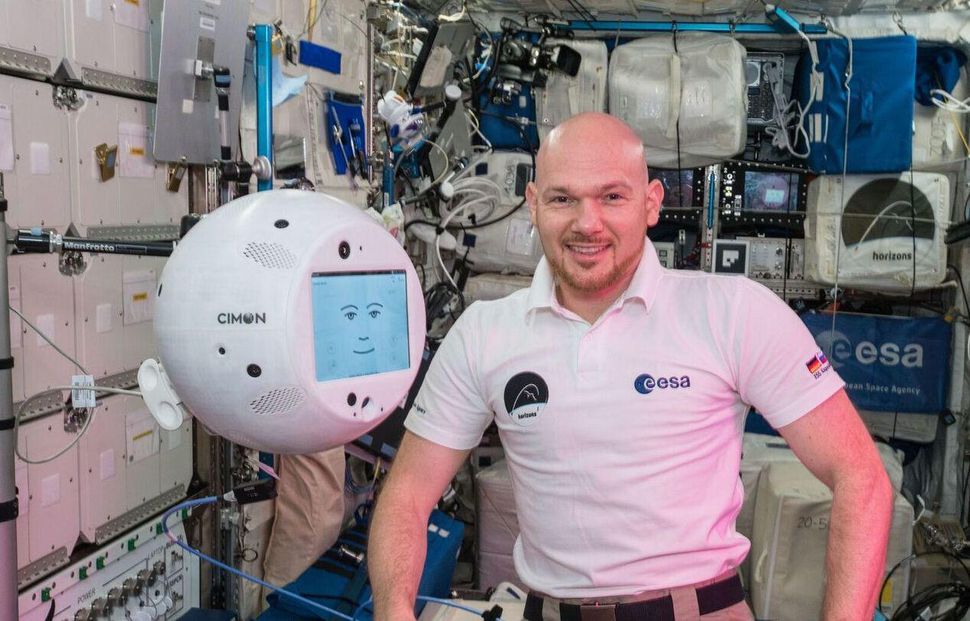
CIMON is the brainchild of the European Space Agency (ESA) and is currently programmed to act as a ‘companion’ to ESA astronaut Alexander Gerst. Problem is, so far CIMON hasn’t proven to be a very genial companion.
After being delivered to the ISS on 15 November Astronaut Gerst turned on CIMON by saying “Wake up CIMON” to which the robot answered, “What can I do for you?”. Things went downhill pretty quickly from there starting from when Gerst asked CIMON to play his favourite song, “The Man-Machine by the German group Kraftwerk. After CIMON plays the song several times Gerst orders it to stop which the robot refused to do. Instead CIMON responded with comments like “Let’s sing along with those favourite hits”, “I love music you can dance to” and perhaps most disturbingly “Be nice please” and “Don’t you like it here with me?”
After only a short period of testing astronaut Gerst shut down the experimental crewmember and remarked dryly. “CIMON is a little sensitive today.” The robot’s developers actually considered the test a success. After all they wanted CIMON to show some personality, although perhaps not such a contrary one. A second test however is not currently scheduled.
Meanwhile, back at Space X, it seems like I talk about Space X at least every month doesn’t it. Anyway, the California based commercial space corporation has continued its string of space achievements with the third launch and recovery of the first stage of one of its Falcon 9 rockets. In a launch from Vandenberg Air Force Base on the first of December Space X also succeeded in recovering the nose cone fairings, which are put around the rocket’s payload in order to protect it during launch. Those things cost $6 million dollars a set, 10% of the cost of the entire rocket so recovering and reusing those could reduce the price of putting cargo into space even further.
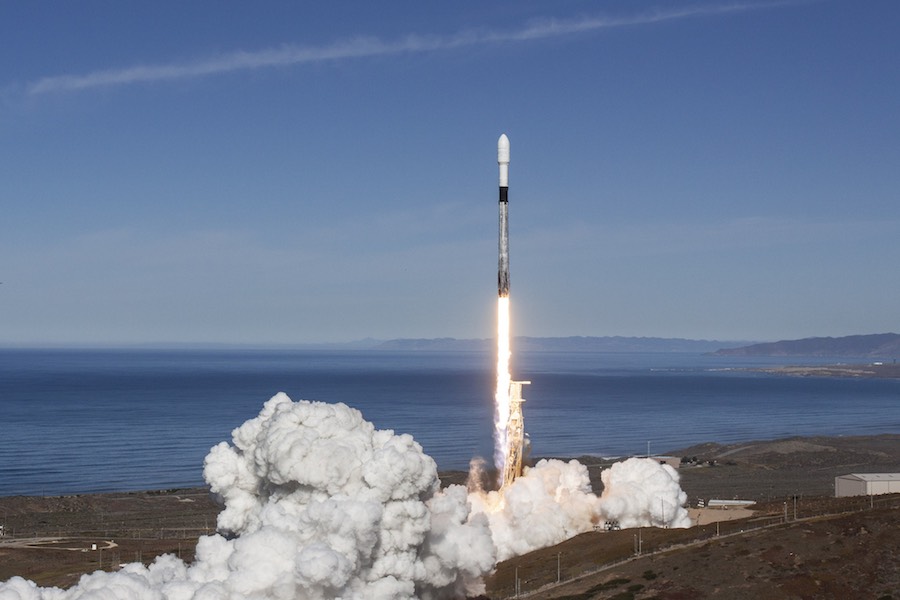
In another small cost reduction Space X has decided to cease repainting their first stages after a launch. So from now on reused Falcon 9 rockets will look a little singed and snooty before their trips back into space.
Space X did have one disappointment this month. In a different launch from Kennedy Space Center on the US east coast another Falcon 9 rocket successfully sent a Dragon supply capsule to the ISS but controllers were unable to recover the rocket’s first stage. A problem with a fuel pump caused the first stage to land in the waters off Kennedy not far from its intended landing pad. This was the first recovery failure in 26 launches for Space X so in a queer way the failure almost seems like a measure of success.
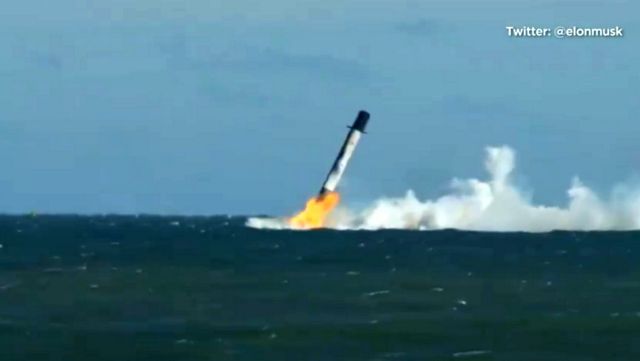
For my final story I’m going to go a good bit further out into the Solar System. NASA’s Osiris-Rex probe has been slowly approaching its target of the Asteroid Bennu until on December 4th the spacecraft could reach out with its robotic arm and literally touch the asteroid. You can’t really say that Osiris-Rex landed on Bennu, the gravity of the asteroid is too low.
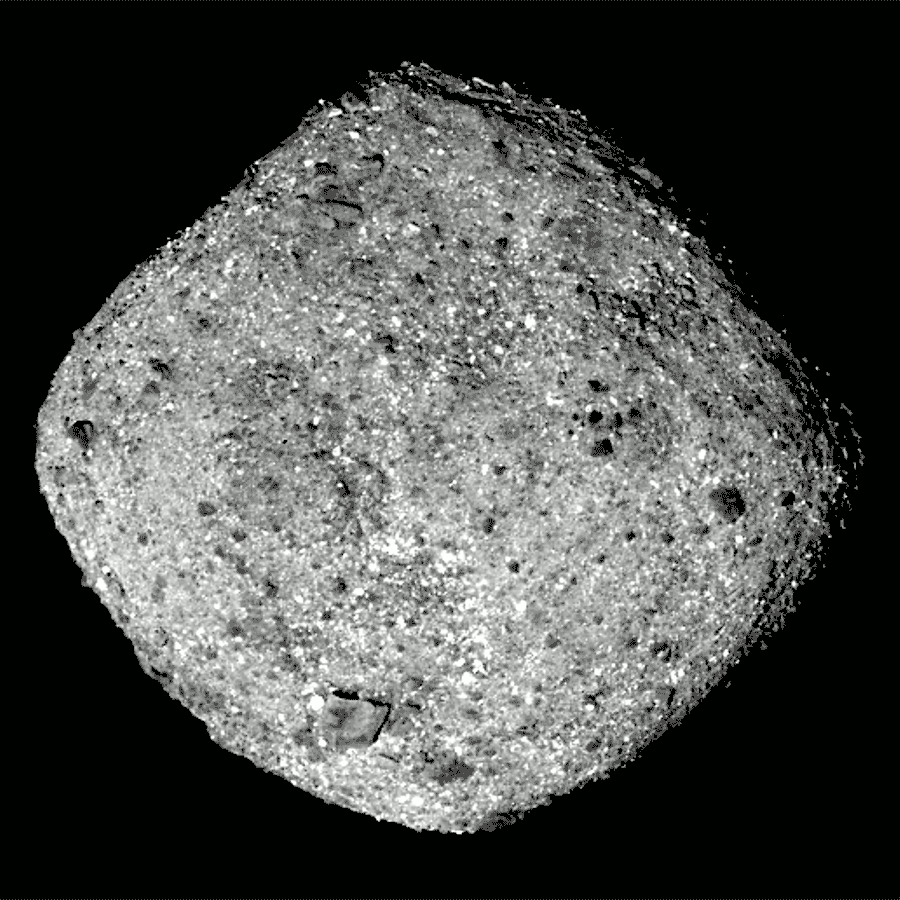
In addition to studying Bennu over the next several months, Osiris-Rex will use is robotic arm to collect at least 60 grams of material from the asteroid which is scheduled to be returned to Earth in 2023.
And even as I was writing this post another item of space news happened with the successful launch of China’s Chang’e 4 (or Jade Rabbit in English) lunar probe. The Chang’e 4 is intended to become the first rover on the dark side of the Moon in just about three days. I guess I’ll just have to write a post about it then!
